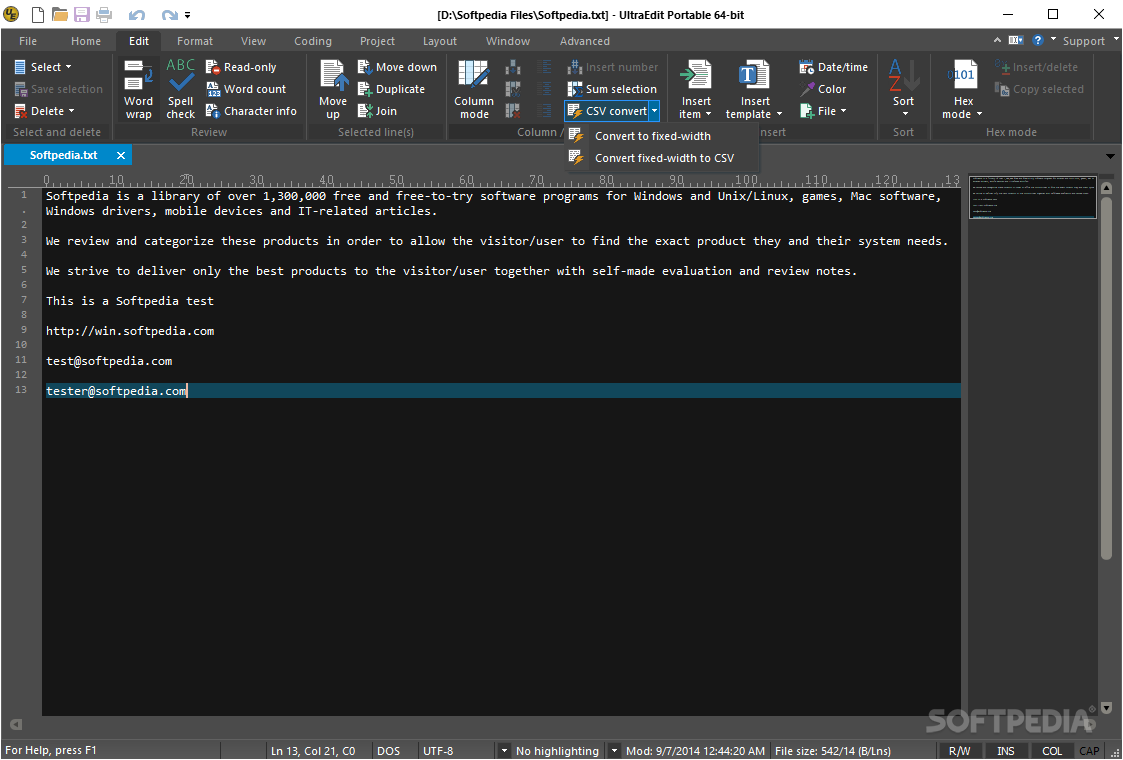
Access this through the ontology resource (Click "navigate to ontology" (home) icon at top of screen, select the form tab). Metadata for the collection should be added to the container resource. if so, copies (in order of preference) the value of dct:title, dc:title, skos:prefLabel, or the local name from the URI to rdfs:labelīIND( REPLACE(str(?subject), '^.*(#|/)', "") AS ?localname)īIND( REPLACE(str(?subject), '+$', "") AS ?namespace).rdfs:labelįor each Concept, ConceptScheme or Collection, this SPARQL LDR requires that every registered item have a label, and the default display also expects a description. Pre-conditioning the vocabulary Mandatory property values If you are smart enough to be using n-quads, or old-fashioned enough to be using RDF/XML or n-triples, then some of the instructions will need to be adapted but you'll already know how. For newcomers, the easiest easy way to do this is in a RDF development and processing tool, like TopBraid Composer.Īll examples are shown using Turtle syntax, and instructions assume you are using this. Most of the pre-processing uses SPARQL to add or delete data from the graph. To prepare initial SKOS version of vocabulary s ee Vocabulary formalization and conversion. If the 'vocabulary' includes sub-collections in separate containers, in a single file, then the instructions will need to be adapted.

We assume that the vocabulary is organized as a set of skos:Concepts in a container (usually either a skos:Collection or skos:ConceptScheme), and persisted in a file containing a single container.



 0 kommentar(er)
0 kommentar(er)
